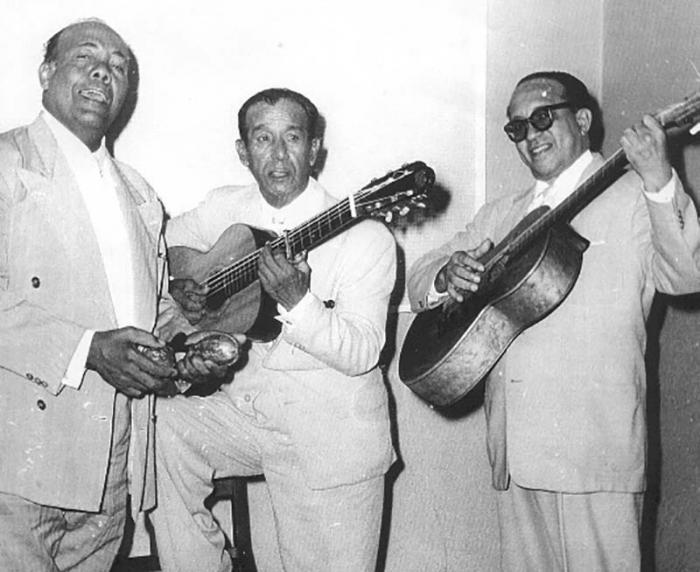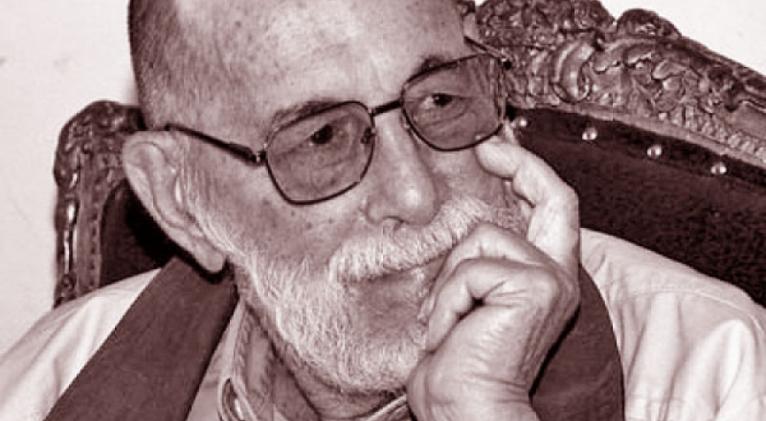The Matamoros Trio and the Revolution of Cuban Son

For nearly four decades, the Matamoros Trio served up a rich and eclectic blend of Cuban son and bolero, infused with the musical traditions that coursed through Cuba’s eastern provinces. Amid the shifting landscape of musical ensembles at the time, the Trio stood out—not just for its intimate sound and lyrical compositions, but for giving voice to the Cuban people with a boldness that helped shape the musical canon of the Caribbean’s largest island.
The group was founded on May 8, 1925, coinciding with the birthday of its founder, Miguel Matamoros. That evening, renowned guitarist Rafael Cueto invited Siro Rodríguez to Miguel’s birthday celebration. What began as a spontaneous jam session between the three musicians would mark the birth of what would later become one of Cuba’s most iconic ensembles—originally named Trío Oriental.
Blending bolero and son in a groundbreaking interpretative style, the Trio captivated audiences both in Cuba and abroad. Their fusion of musical elements created a new soundscape within traditional genres. Songs like Mamá Son de la Loma, La Mujer de Antonio, Promesa, Elíxir de la Vida, El Trío y el Ciclón, and Dulce Embeleso remain among their most celebrated hits.
Most of the Trio’s compositions were penned by Miguel Matamoros, who is credited with more than 250 works, followed by Siro’s 35 and Cueto’s 16. Their recorded legacy is dominated by sones (143) and boleros (54), reflecting the group’s deep connection to these styles.
Miguel also ventured into other genres within Cuba’s vast musical heritage. Musicologist José Julián Padilla Sánchez once remarked that Matamoros possessed both “an authentically creole Cuban artistic expression and a deeply personal and distinctive way of creating and interpreting his music.”
“In the 1940s, as Havana’s music scene embraced the rise of larger ensembles, Miguel formed the Conjunto Matamoros,” notes journalist Álvaro J. Álvarez. “This format allowed son to evolve further by offering richer orchestration than the earlier Sextet and Septet formats.”
As for the Trio’s distinctive sound, Padilla explains: “It was largely due to the lead vocals and guitar of its director, whose fingerpicked style added melodic nuance. This was enhanced by Siro’s rich baritone harmonies and Cueto’s expressive strumming, which featured a unique tumbao and a compelling polyrhythmic texture.”
May 8 is not only remembered as the birthday of Miguel Matamoros and the founding of the Trio—it is also celebrated as Cuban Son Day. The initiative, launched in 2019 by maestro Adalberto Álvarez, also honors the birth of singer Miguelito Cuní. The day is marked by a variety of events, including academic forums on the history and impact of son, performances by dance bands and concert ensembles, and tributes to artists who have helped elevate the genre.
Translated by Luis E. Amador Dominguez
Photo: Granma



